Scholarly Nursing Project: HIV/AIDS Awareness and Prevention Program
VerifiedAdded on 2023/06/03
|8
|692
|280
Project
AI Summary
This project presentation focuses on an HIV/AIDS awareness initiative. It begins with an overview of the problem, including statistical data on HIV/AIDS prevalence, particularly among youth. The research rationale emphasizes the need for community awareness and early detection. The project's aims and objectives include promoting community awareness, encouraging partner notification, and providing counseling to patients. The expected outcomes are successful self-management tactics for patients, increased detection rates, and reduced prevalence. The project timeline outlines activities from topic selection to final outcomes. The presentation includes a detailed literature review and references. This project is a scholarly nursing project which is research-based and reflects the integration of theory and practice. The project involves a range of action steps, presentation of the project to a selected group of people, and analysis of audience knowledge. This project aims to address a health-related topic and is a practice-based and/or research-oriented project, which has a clearly defined purpose and expected outcome(s).
1 out of 8

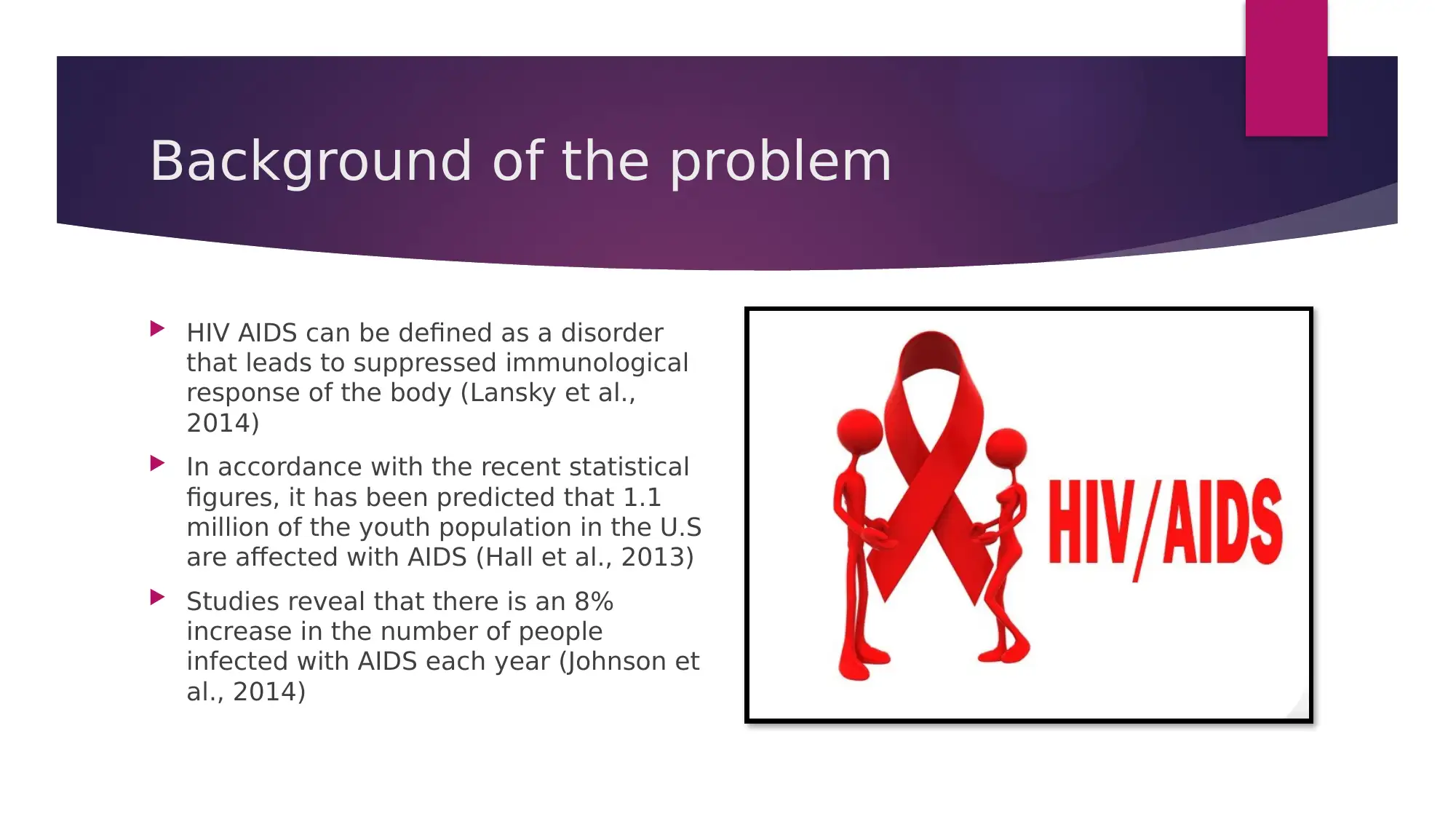
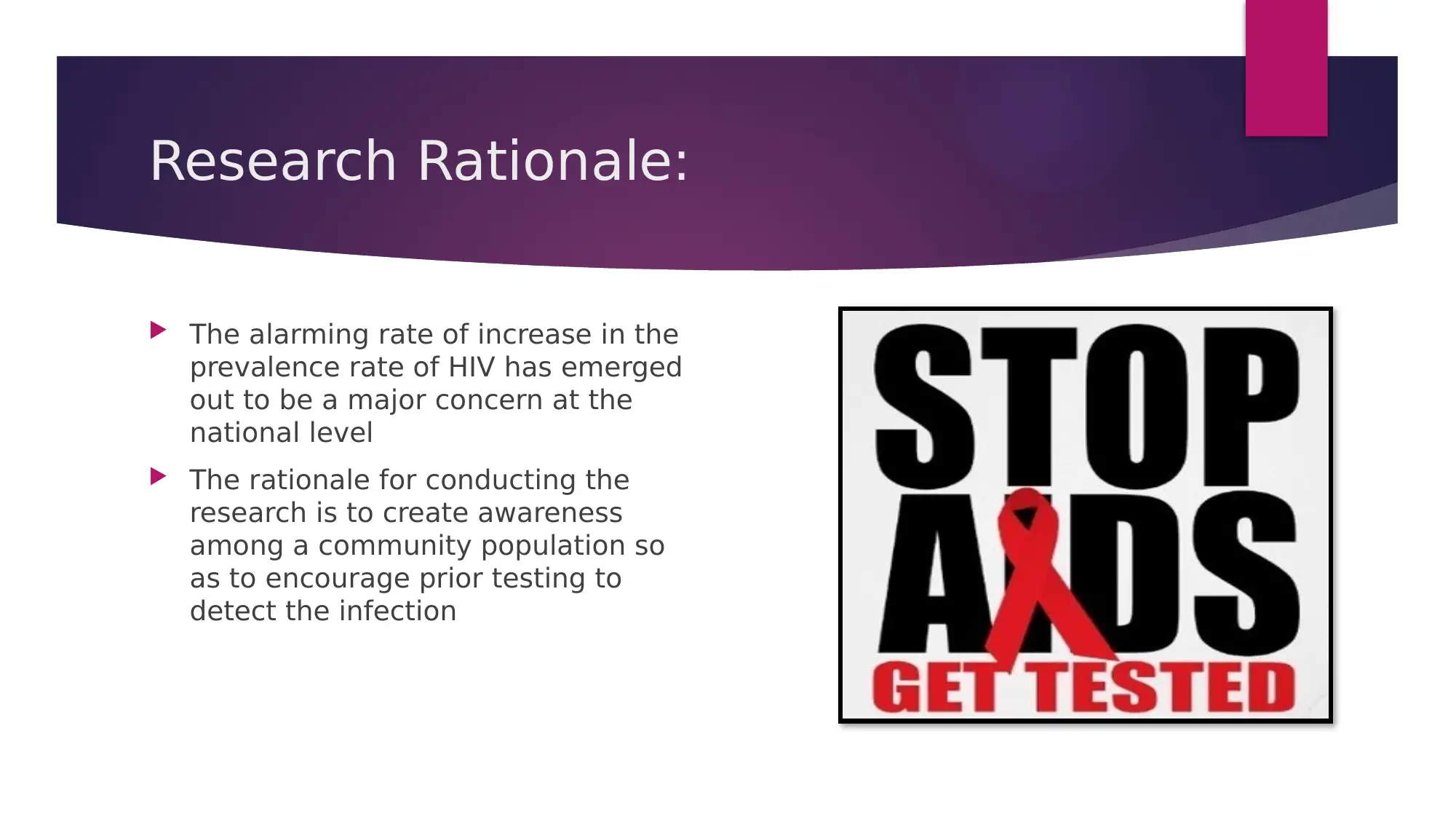

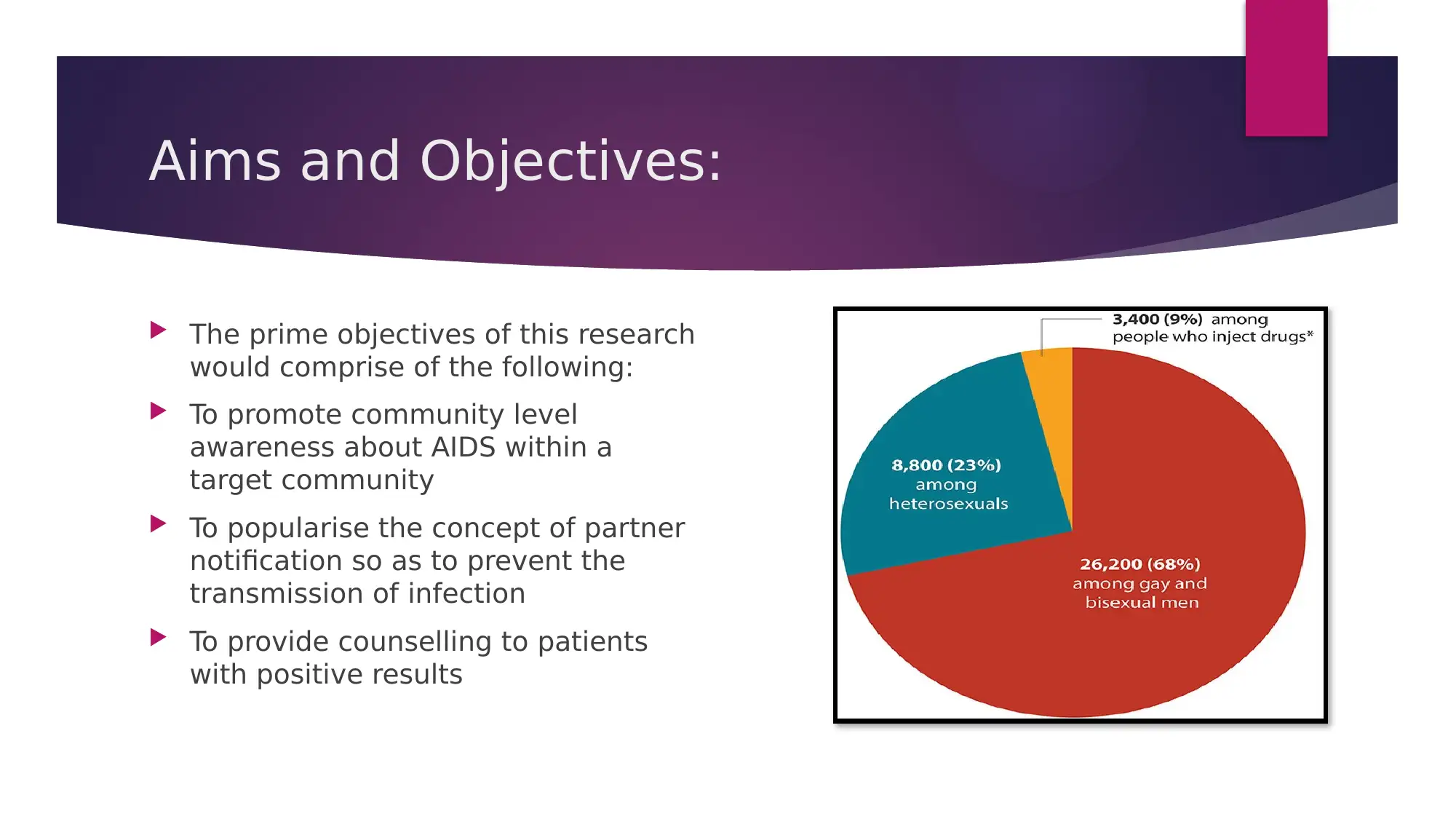
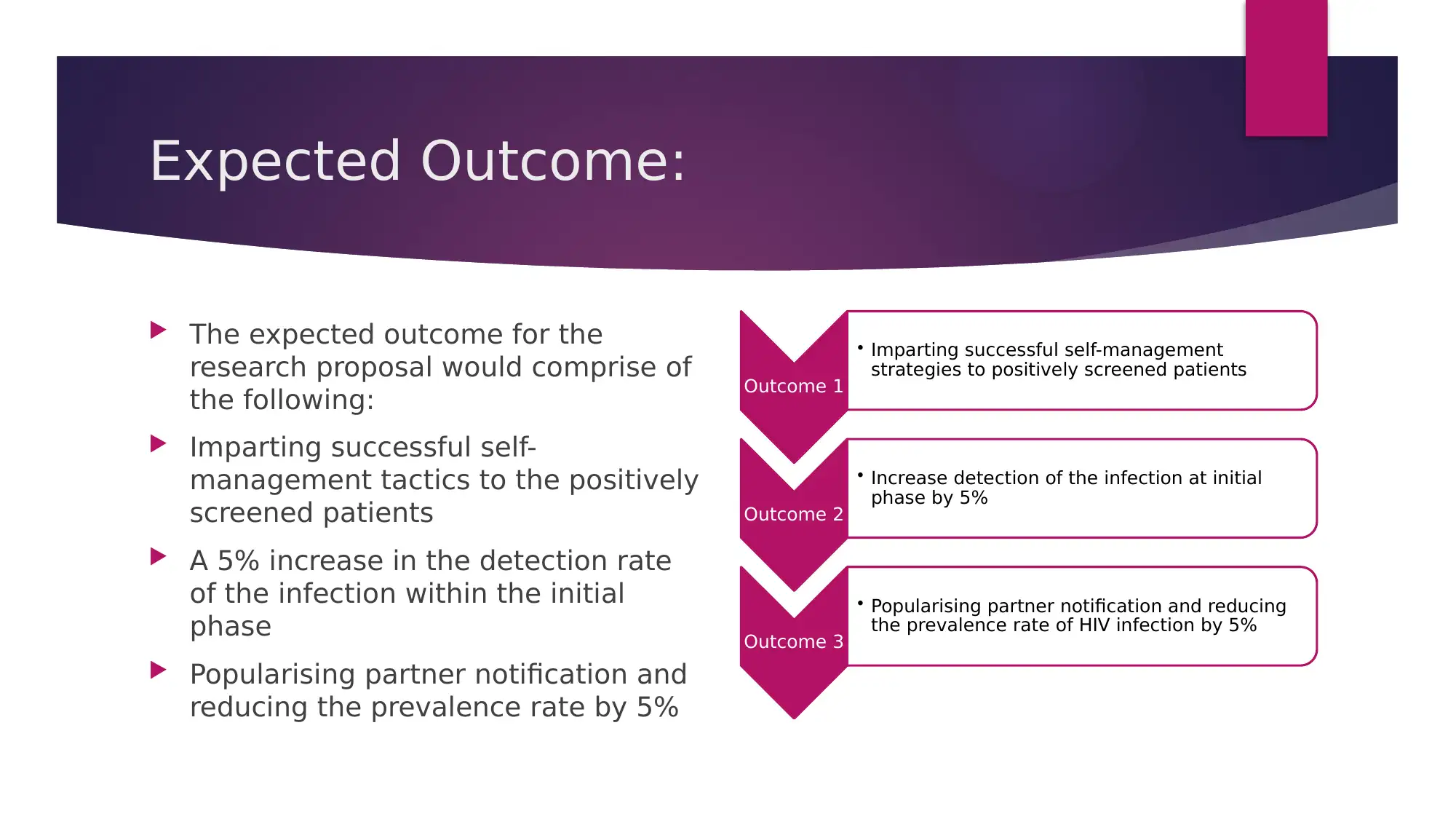

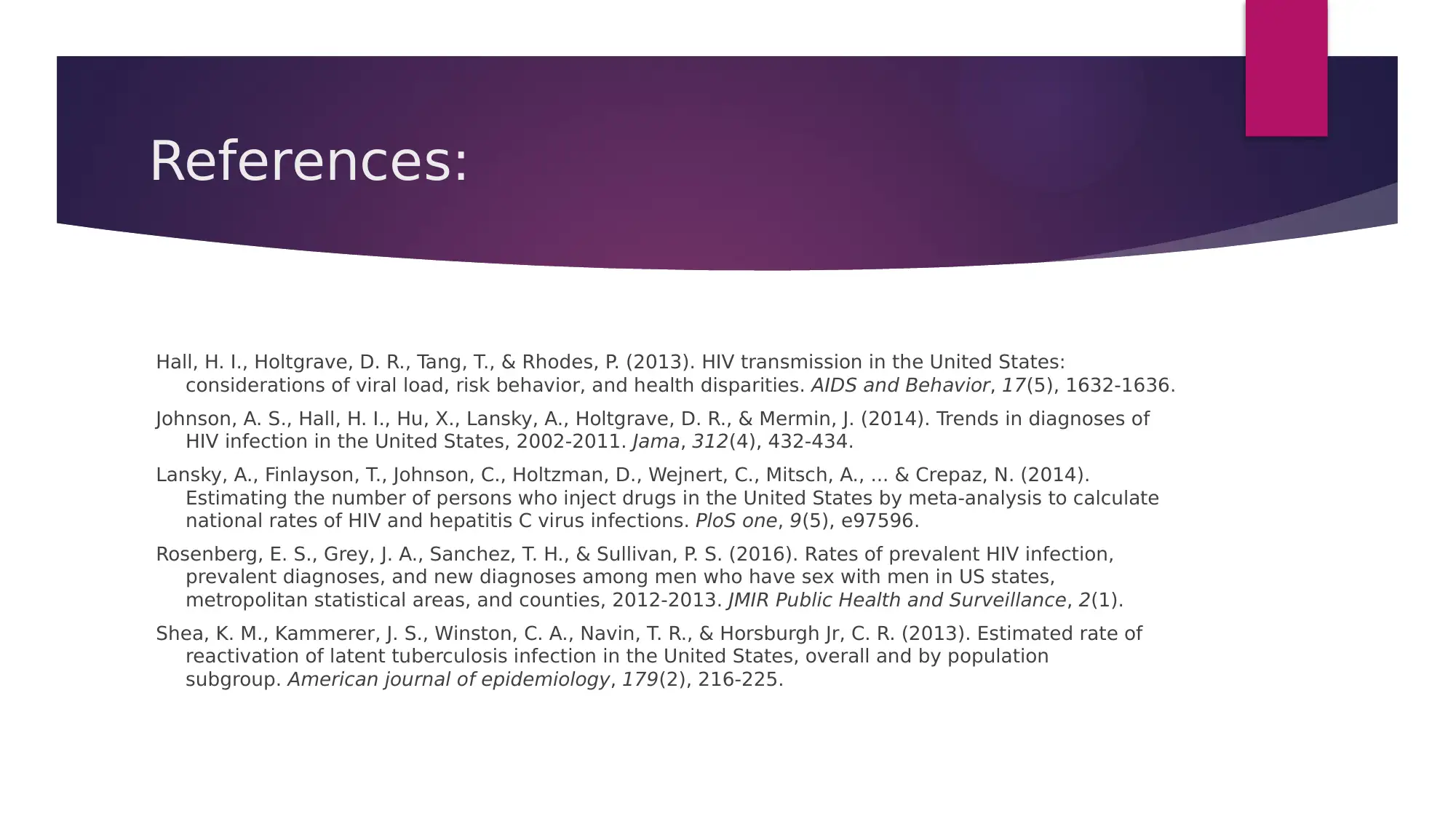


![[object Object]](/_next/static/media/star-bottom.7253800d.svg)